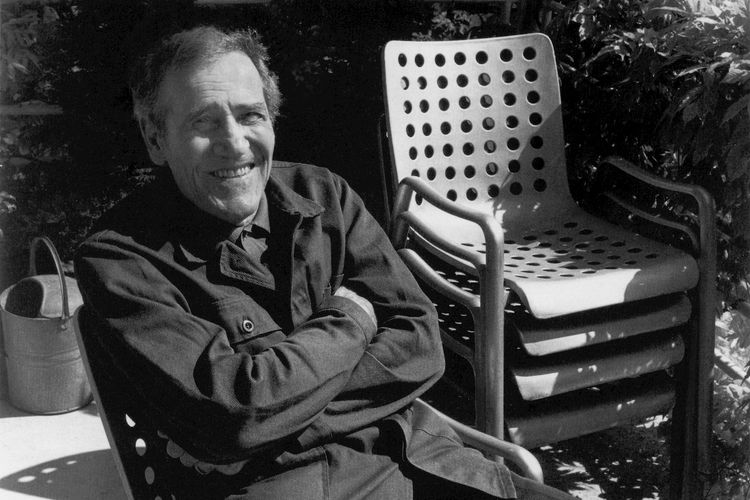ProductsChairsLounge chairsSofasOffice chairsChaises longuesStools & benchesSculpturesConference chairsAirport seatingStorage spaceMicro architectureDining tablesCafé tablesCoffee & side tablesDesksOffice furniture systemsConference systemsLightingClocksDecorative objectsCoat racks & wall shelvesTrays & vesselsNewBestsellerQuickly availableColour & materialAlexander Girard Antonio CitterioBarber OsgerbyCharles & Ray Eames George NelsonHella JongeriusIsamu NoguchiLounge chair finderOffice chair finderGift finderCare & repairSpare partsCare productsManufacturer warrantyVitra Circle StoresEndless configurations for all needs: Anagram SofaWe have a gift for you!InspirationsLiving roomDining roomHome OfficeChildren's roomOutdoorHome StoriesAugmented RealityColours & materialsWorkspaceFocusMeetingWorkshopClub OfficeCitizen OfficeStudio OfficeDynamic SpacesHospitalityAirportsEducationCo-WorkingHealthcareOur ClientsA case for classicsOffice chairsDancing OfficeHome StoriesAugmented Reality - bring Vitra products into your homeA case for classicsColour & materialAn open house A leading space for a leading art collegeHigh comfort of low energyAn office landscape - without walls or partitionsServicesCare & repairSpare partsCare productsManufacturer warrantyFAQ and contactInstructionsInstructions for earlier productsConsulting & Planning StudioVitra Circle StoresConsulting & planning in the VitraHausOutdoor care instructionsRepair, maintenance, overhaul at the Vitra Circle Store Campus ProfessionalsCAD dataProduct factsheetsCertificatesBrochuresSustainability reportInstructionsEcology informationpConPlanning examplesColour & Material LibraryCertificates and standardsTo the dealer loginOur ClientsAnagram SofaMikadoTyde 2 on castorsACXDancing OfficeOffice chairsMagazineStoriesConversationsExhibitionsDesignerProject VitraJust Do It!EVER GREENWhy the Eames La Fonda Chair was designedWhen a Sofa is more than just a Sofa: Anagram100% virgin wool – 100% recyclableAn archive is like a time capsuleVitraHaus Loft - A conversation with Sabine MarcelisWalking the talkA 1000 m2 piece of furnitureFrom a toy to an objectA studio visit with Tsuyoshi TaneThe Eames Collection at the Vitra Design MuseumAbout the partnership between Eames and VitraVitra CampusExhibitionsGuided tours & workshopsFood and drinkShoppingActivities for familiesArchitectureYour eventPlan your visitVitra Campus appCampus EventsNewsVitraHausVitra Design MuseumVitra SchaudepotVitra Circle Store CampusOudolf GartenAbout VitraSustainabilityJobs & CareersDesign processThe Original is by VitraHistory - Project Vitra
Biography
Hans Coray was raised in Zurich, where he completed a doctorate in Romance languages. In the 1930s he began to experiment with metal and wire as an autodidact, applying these techniques to the design of furnishings, industrial products and sculptures. He was closely associated with the artists of Dada and the Concrete Art movement in Zurich, a circle including Max Bill, Verena Loewensberg and Hans Fischli.
In the summer of 1938, Hans Fischli, who had studied at the Bauhaus, encouraged him to develop models for the official chair of the 1939 Swiss National Exhibition – designs that 'should be new in every way'. Over a short period of time, Hans Coray developed two prototypes for 'an all-aluminium chair that can be stacked vertically'. His aim was to create a lightweight and graceful chair that combined an inviting appearance with outstanding comfort. As the first of Coray's seating designs to enter production, the Landi Chair became a milestone in design history. An adherent of humanist values, Coray continued to create furniture into the 1950s, turning his attention in the later years of his life to painting and sculpture.
In the summer of 1938, Hans Fischli, who had studied at the Bauhaus, encouraged him to develop models for the official chair of the 1939 Swiss National Exhibition – designs that 'should be new in every way'. Over a short period of time, Hans Coray developed two prototypes for 'an all-aluminium chair that can be stacked vertically'. His aim was to create a lightweight and graceful chair that combined an inviting appearance with outstanding comfort. As the first of Coray's seating designs to enter production, the Landi Chair became a milestone in design history. An adherent of humanist values, Coray continued to create furniture into the 1950s, turning his attention in the later years of his life to painting and sculpture.
